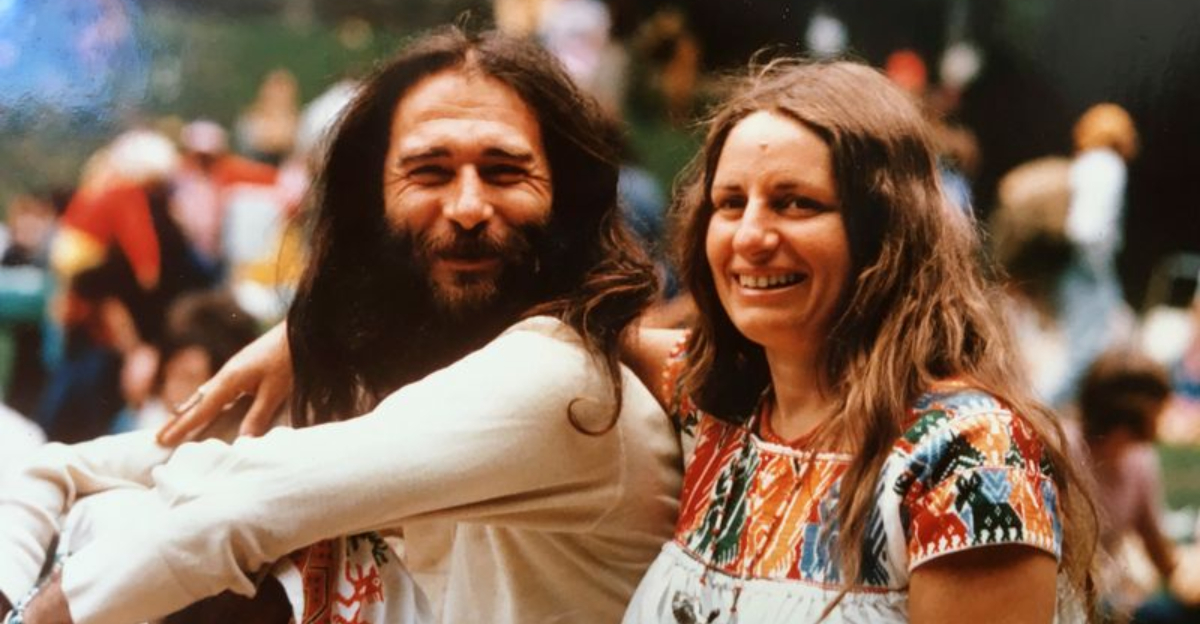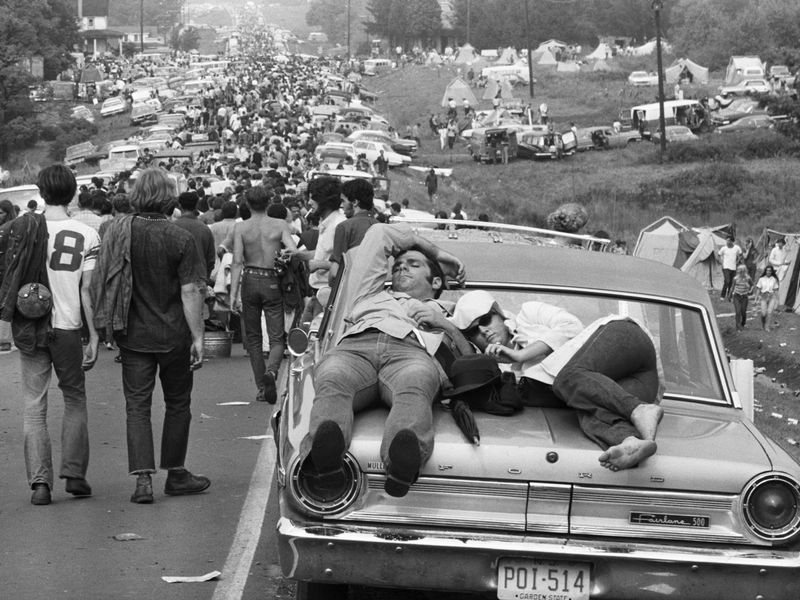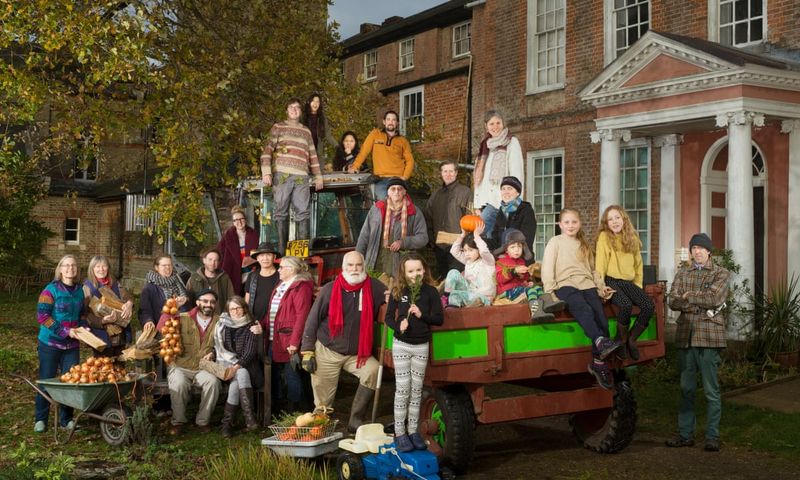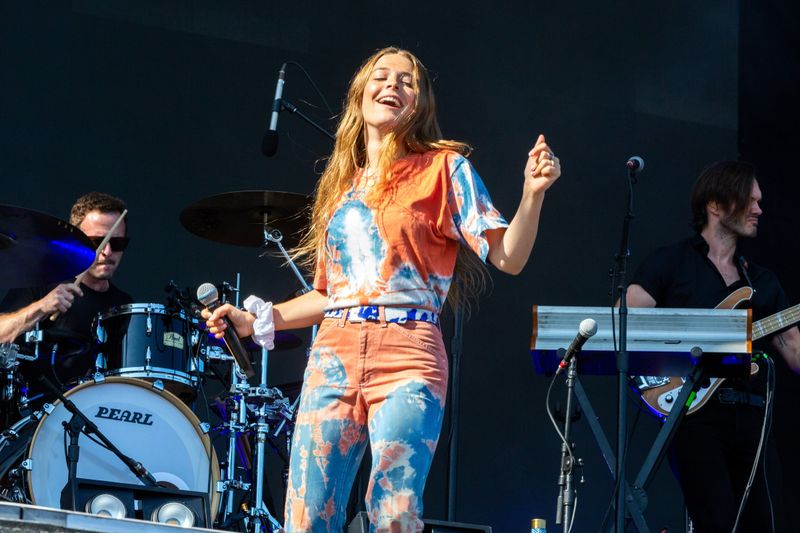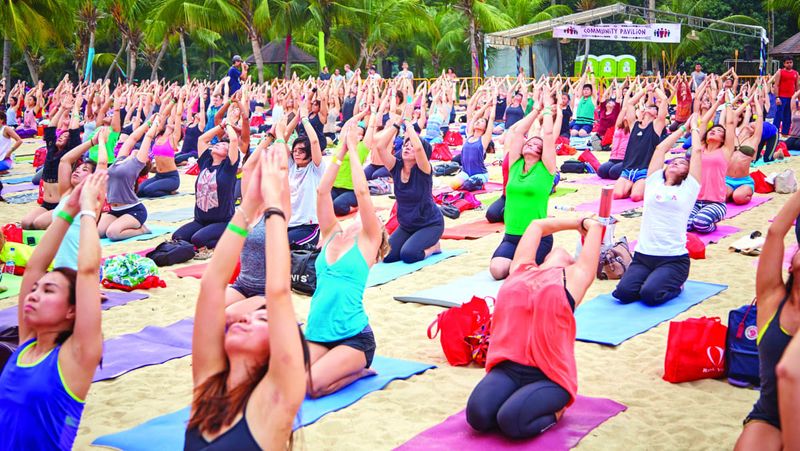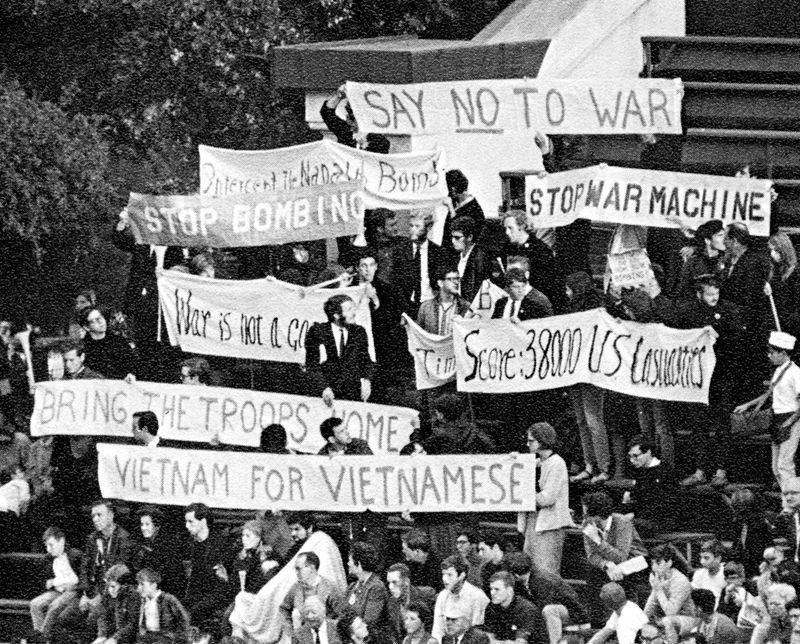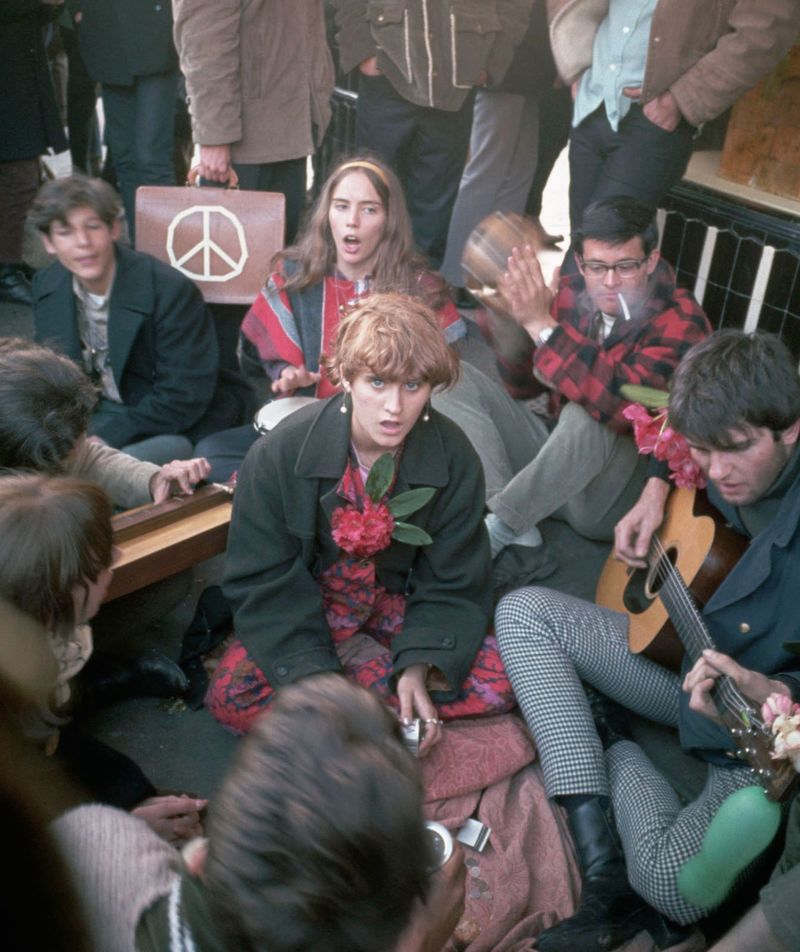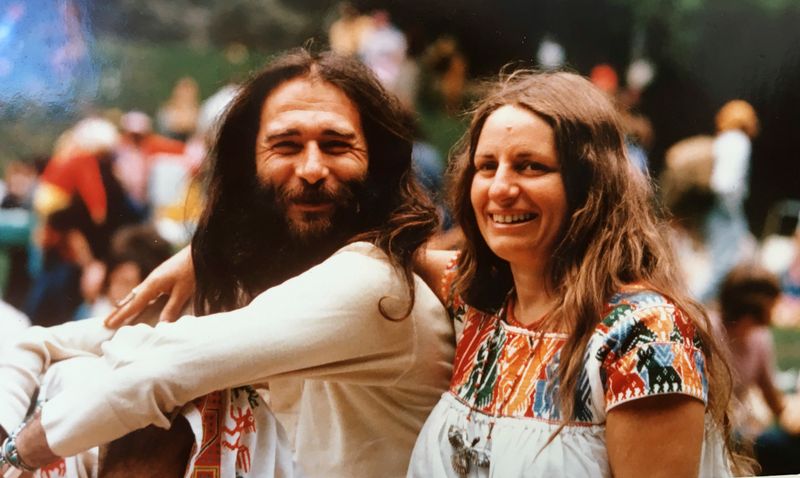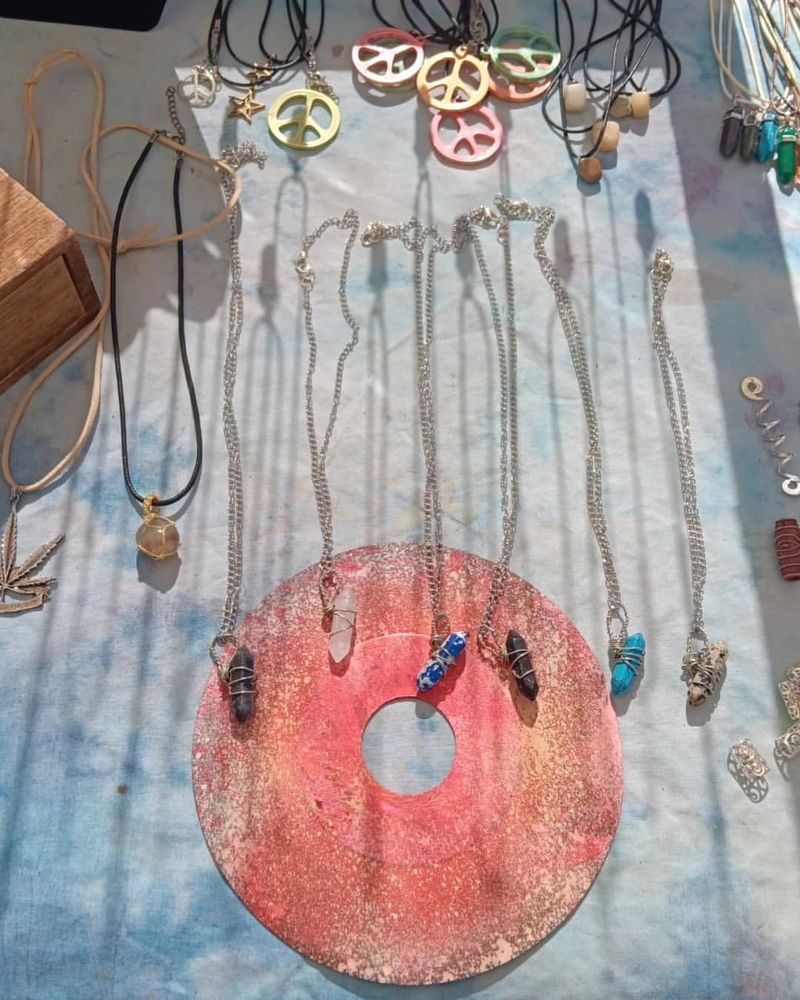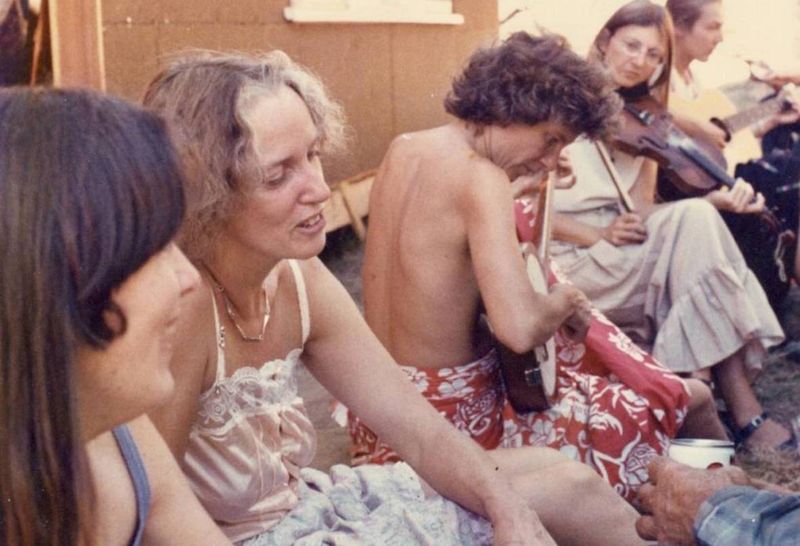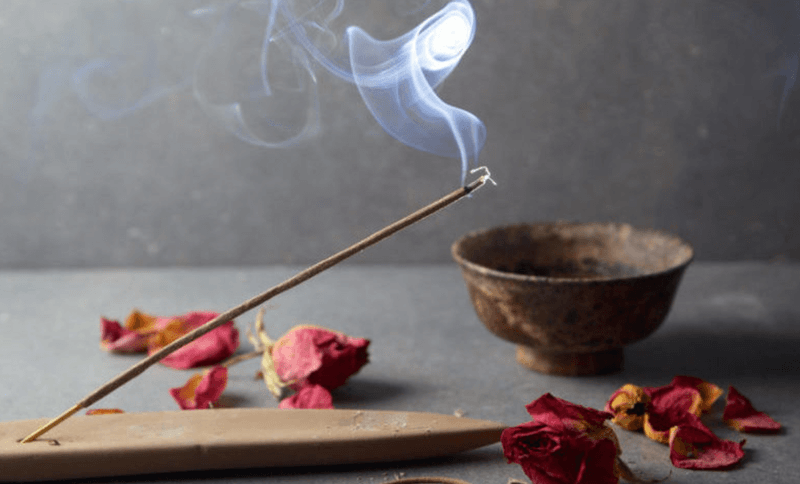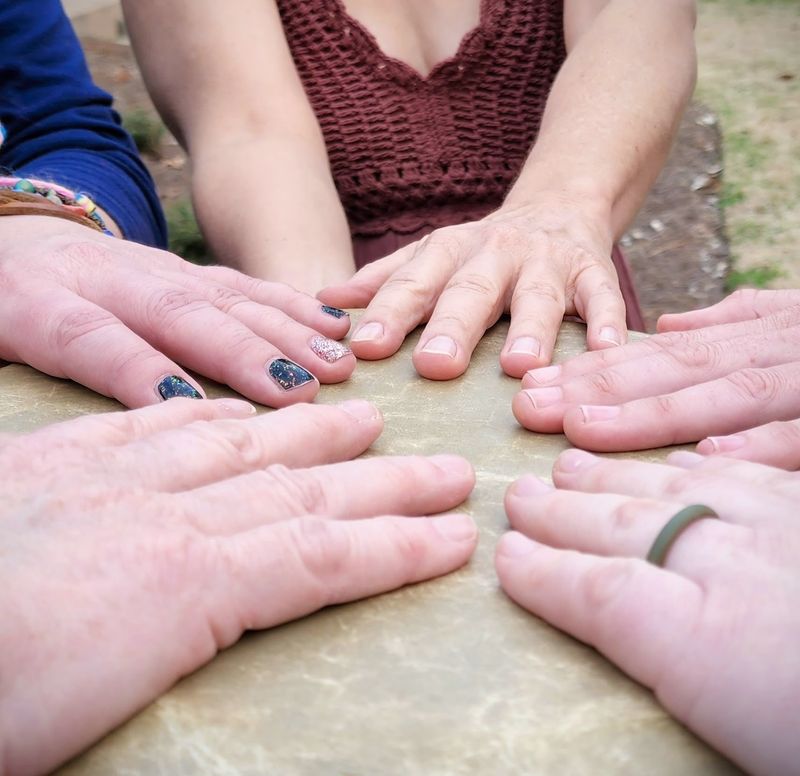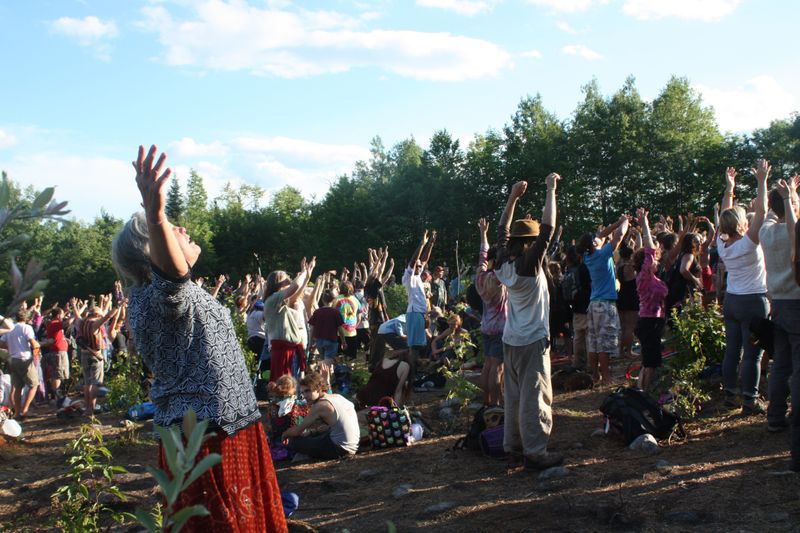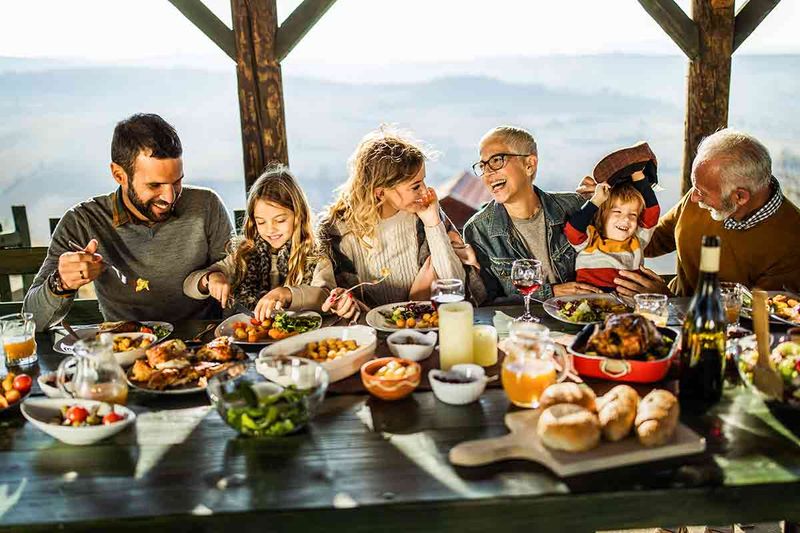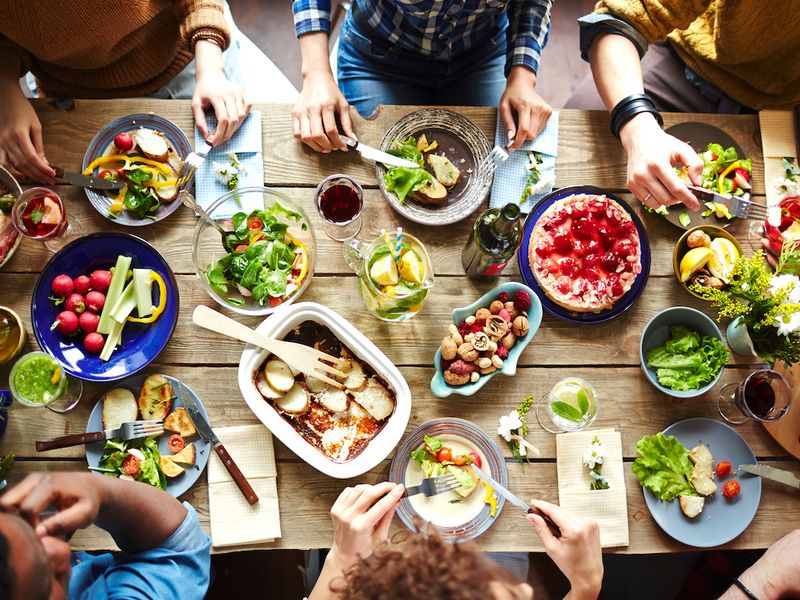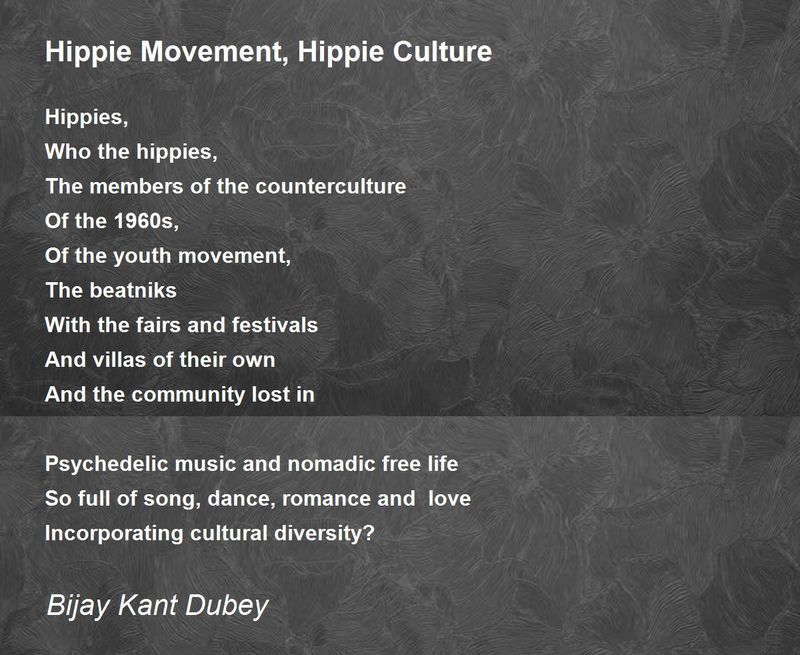The 1960s and 1970s were transformative decades marked by a countercultural movement that embraced peace, love, and freedom. Hippies, the emblematic figures of this era, engaged in various activities that defined their lifestyle.
Here, we explore 20 quintessential things that, if done during that time, would label you unmistakably as a hippie.
1. Attending Woodstock
The Woodstock Festival of 1969 was a landmark event that drew nearly half a million people to a dairy farm in New York. Attending this festival meant immersing yourself in a sea of music, art, and endless counterculture vibes.
Woodstock was more than just a concert; it was a defining symbol of the peace and love ethos. Attendees experienced iconic performances by artists like Jimi Hendrix and Janis Joplin.
The spirit of communal living and open-mindedness was palpable, as people camped, shared food, and celebrated the ideals of the hippie movement.
2. Living in a Communal Farm
Communal living was a cornerstone of hippie culture, reflecting ideals of shared responsibilities and unity. Those who moved to communal farms sought to escape mainstream societal norms.
On these farms, individuals practiced sustainable living, often engaging in organic farming, crafting, and other self-sustaining activities.
These communities thrived on principles of cooperation and mutual respect, offering an alternative lifestyle focused on simplicity and harmony with nature.
Living in such a setting fostered a sense of belonging and allowed individuals to explore new forms of governance and social interaction.
3. Wearing Tie-Dye Clothing
Tie-dye clothing became synonymous with the hippie movement, symbolizing freedom of expression and vibrant individuality. Creating these multi-colored patterns involved twisting, folding, and dyeing fabric, resulting in unique designs.
The popularity of tie-dye spread as it became associated with peace rallies and concerts, often made by hand.
Wearing tie-dye was more than a fashion statement; it was an emblem of the hippie ethos, representing a rejection of conformity and the embracing of one’s creative spirit. These garments reflected the wearer’s inner artistry and openness to new ideas.
4. Practicing Yoga and Meditation
Yoga and meditation were integral to the hippie lifestyle, offering pathways to spiritual enlightenment and inner peace. These practices were adopted from Eastern philosophies and integrated into daily routines.
Hippies sought to expand their consciousness and find tranquility amid societal chaos. Group meditations in parks or homes were common, providing a sense of community.
The emphasis on mindfulness and holistic well-being reflected a broader desire for personal growth and transcendence. By practicing yoga and meditation, hippies cultivated mental clarity and explored alternative forms of spirituality.
5. Driving a Volkswagen Bus
The Volkswagen Bus became the quintessential hippie vehicle, an icon of freedom and adventure. Known for its spacious interior, it served as both transportation and temporary home for wanderers.
Adorned with peace symbols and colorful artwork, these buses were seen at festivals and protests alike. The vehicle symbolized a break from conventional living, embodying a spirit of exploration.
For many hippies, the Volkswagen Bus was a means to travel across the country, connecting with like-minded individuals and experiencing new cultures. It represented a mobile haven for those seeking a nomadic lifestyle.
6. Participating in Peace Protests
Hippies were at the forefront of peace protests, championing nonviolence and political change. The protests against the Vietnam War were particularly significant, drawing large crowds advocating for peace.
These gatherings were marked by chants, music, and signs bearing anti-war slogans. Participants believed in the power of collective action to bring about change.
Engaging in these protests was a demonstration of commitment to the ideals of peace and love that defined the hippie era. It was a testament to their belief in a world free from war and conflict, striving for a harmonious future.
7. Experimenting with Psychedelic Art
Psychedelic art emerged as a visual representation of the altered states of consciousness sought by hippies. This art form featured bold colors, swirling patterns, and dreamlike imagery.
Often inspired by experiences with hallucinogens like LSD, psychedelic art was a means of exploring and expressing the depths of the mind.
Artists created posters, album covers, and murals that captured the essence of the counterculture movement. These works became cultural symbols, reflecting the desire to transcend reality and explore new dimensions of thought and creativity.
8. Listening to Psychedelic Rock
Psychedelic rock music was the soundtrack of choice for hippies, characterized by its experimental sounds and profound lyrics. Bands like The Doors, Pink Floyd, and The Grateful Dead shaped the era’s musical landscape.
This genre of music often incorporated new recording techniques and unconventional instruments, creating immersive auditory experiences.
Listening to psychedelic rock was more than entertainment; it was a journey of self-discovery and a reflection of the era’s transformative social changes.
The music resonated with the hippie’s quest for deeper meaning and connection to the world around them.
9. Growing Long Hair
Long hair became a defining characteristic of the hippie identity, symbolizing rebellion against societal norms and the embrace of natural beauty. For many, growing their hair was a statement of individuality and freedom.
The style challenged conventional grooming standards, linking it to the broader themes of nonconformity and self-expression.
Long hair was not only a fashion choice but also a cultural statement, reflecting a connection to historical figures and movements that valued freedom and authenticity. It was a visible marker of one’s commitment to the ideals of the hippie movement.
10. Embracing Nature
Hippies fostered a profound connection with nature, often seeking solace and inspiration in the great outdoors. Camping trips, hikes, and nature retreats were common activities.
This affinity for nature was rooted in a desire to live harmoniously with the earth, promoting eco-conscious practices.
Embracing nature was also about finding peace and rejuvenation away from the pressures of modern life.
The natural world offered a sanctuary for reflection and spiritual growth, aligning with the hippie philosophy of living in balance with the environment and fostering a deeper appreciation for the planet.
11. Making Handmade Jewelry
Crafting handmade jewelry was both an artistic outlet and a form of personal adornment for hippies. Beaded necklaces, bracelets, and earrings were popular creations.
These pieces often featured natural materials like stones, shells, and leather, reflecting a connection to the earth. Crafting and wearing handmade jewelry symbolized individuality and creativity.
At craft fairs and festivals, these unique items were exchanged, fostering a sense of community and shared artistry. The process of creating jewelry was meditative, allowing artists to express their personalities and showcase their skills in a tangible form.
12. Practicing Free Love
The concept of “free love” was central to the hippie ethos, advocating for open and non-exclusive romantic relationships. This philosophy challenged traditional norms surrounding love and marriage.
Free love emphasized emotional and physical liberation, encouraging individuals to explore relationships without societal constraints.
While controversial, it was seen as a progressive step towards breaking down barriers and fostering genuine human connections.
By embracing this ideal, hippies sought to celebrate love in its most authentic form, free from judgment and limitations, reflecting the movement’s broader ideals of openness and acceptance.
13. Using Incense and Candles
Incense and candles were staples in hippie homes, creating an ambiance of tranquility and spirituality. They were often used during meditation, yoga, or simply to enhance the atmosphere.
Fragrances like sandalwood, patchouli, and lavender were popular choices, each carrying its own symbolic meaning.
The use of incense and candles was a sensory experience that promoted relaxation and mindfulness. It connected individuals to ancient traditions and spiritual practices, serving as a bridge between the conscious and subconscious.
For hippies, these elements were integral to creating a serene and reflective living space.
14. Participating in Drum Circles
Drum circles were vibrant gatherings where hippies expressed themselves through rhythm and music. These communal events were open to everyone, regardless of musical ability.
The act of drumming together created a sense of unity and shared energy, transcending language and cultural barriers.
Participation in a drum circle was a release of creativity and emotion, providing a meditative experience.
The rhythmic beats fostered a sense of community, allowing individuals to connect through the universal language of music. It was an opportunity for self-expression and a celebration of the collective human spirit.
15. Practicing Non-Violent Protest
Non-violent protest was a hallmark of the hippie movement, advocating for social change through peaceful means. Influenced by figures like Gandhi and Martin Luther King Jr., hippies embraced nonviolence as a powerful tool.
These protests addressed issues like civil rights, environmentalism, and anti-war sentiments. The use of symbols like flowers and peace signs conveyed their message.
Hippies believed in the transformative power of peace, using non-violence to challenge injustice and promote equality. Their commitment to peaceful resistance reflected a deep conviction in the possibility of a just and harmonious world.
16. Holding Potluck Gatherings
Potluck gatherings were a beloved tradition within hippie communities, promoting fellowship and shared experiences. These events encouraged everyone to contribute a dish, fostering a sense of collaboration and inclusivity.
The potluck was a microcosm of communal living, where meals were shared and stories exchanged. Homemade dishes reflected the diverse backgrounds and creativity of participants.
These gatherings were opportunities to connect with others on a personal level, building lasting relationships. The act of sharing food symbolized unity and generosity, embodying the spirit of togetherness that defined the hippie lifestyle.
17. Exploring Alternative Spirituality
The exploration of alternative spirituality was a significant aspect of the hippie movement. Many sought to transcend traditional religious boundaries and explore diverse spiritual paths.
Practices such as meditation, tarot reading, and astrology became popular as individuals searched for deeper spiritual meaning. Retreats and workshops provided spaces for personal growth.
This spiritual exploration was characterized by openness to new ideas and a desire for self-discovery.
Hippies valued personal spirituality over organized religion, believing in the freedom to chart one’s spiritual journey. This quest for enlightenment aligned with their broader ideals of peace and love.
18. Consuming Organic Food
The hippie movement played a pivotal role in popularizing organic food, emphasizing natural and sustainable agricultural practices. Organic produce was seen as a healthier and more ethical choice.
Hippies championed the consumption of whole, unprocessed foods, aligning with their broader ethos of living in harmony with nature. Farmers markets and food co-ops became central to this movement.
By choosing organic, hippies supported environmental sustainability and opposed the industrialization of food production.
Their advocacy for organic food laid the foundation for today’s widespread acceptance of sustainable and health-conscious eating habits.
19. Experimenting with Fashion
Hippie fashion was a vibrant expression of individuality and rebellion against conventional styles. It embraced eclectic and colorful clothing, often featuring patterns like paisley and florals.
Bell-bottoms, fringed vests, and flowing skirts were staples, complemented by accessories like headbands and beads. This distinctive style was both personal and political.
Experimenting with fashion allowed hippies to challenge societal norms and celebrate their unique identities. It was a reflection of the era’s broader cultural shifts, where self-expression and creativity were paramount.
The diverse fashion choices of hippies remain influential in today’s style landscape.
20. Writing Poetry and Songs
Writing poetry and songs was a profound way for hippies to express their thoughts and emotions. These creative outlets captured the essence of the era’s ideals and struggles.
Themes of love, peace, and social justice were prevalent, reflecting the values of the counterculture movement. Poetry readings and jam sessions were common gatherings.
Through words and music, hippies communicated their hopes and dreams, inspiring others to think critically about societal norms.
This artistic expression was both a personal and collective endeavor, fostering community and solidarity among those seeking change through creativity.
